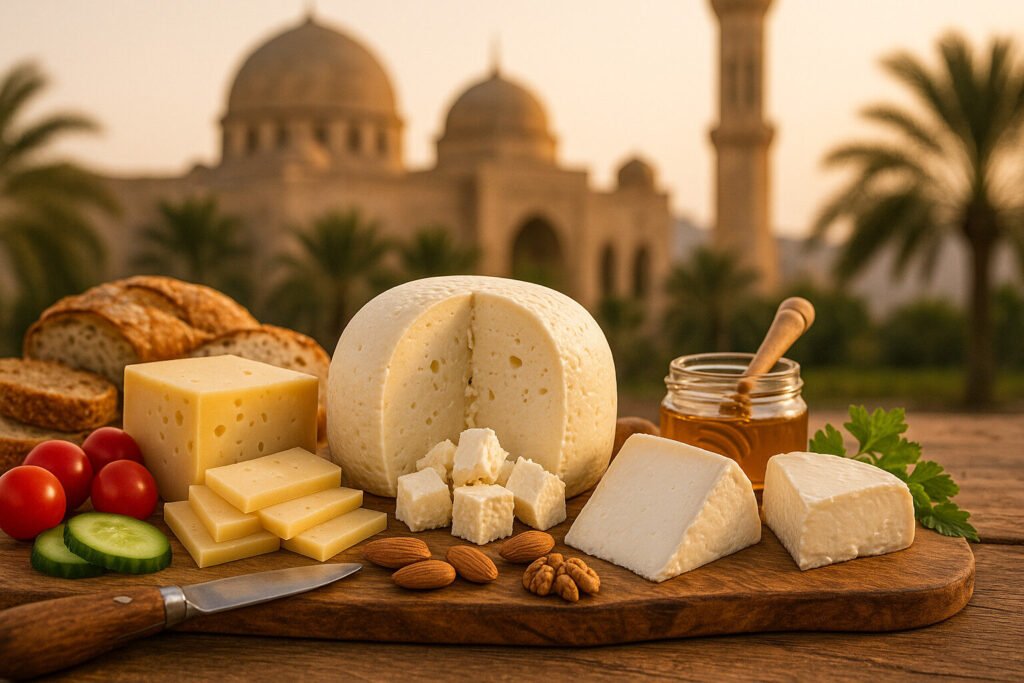Cheese Of Muslim Majority Countries
Definition and Scope
Cheeses from Muslim-majority countries encompass dairy products developed within Islamic culinary traditions. These varieties often adhere to halal principles, influencing ingredient selection and processing methods. The category includes fresh, brined, and aged styles from regions spanning the Middle East to Southeast Asia.
Production typically utilizes milk from local livestock like sheep, goats, or water buffalo. Many traditional varieties predate modern industrial cheesemaking while maintaining distinct regional identities. This classification highlights cultural adaptations rather than representing a single homogeneous style.
Production Methods
Traditional techniques frequently involve brining or dry-salting to preserve cheeses in warm climates. Many varieties undergo a pressing stage to achieve dense textures suitable for grating or slicing. Bacterial-ripened cheeses are less common than acid-set or rennet-coagulated types in these traditions.
Halal certification requires using microbial or plant-derived rennet rather than animal enzymes. Production often occurs in small batches using methods passed through generations. Some techniques show clear historical connections to ancient cheesemaking practices from the region.
Sensory Profile
Flavor profiles range from the mild, milky notes of fresh cheeses to intensely salty brined varieties. Textures vary from crumbly and dry to soft and spreadable depending on moisture content. Many display pronounced salty or tangy characteristics from preservation methods.
Aromatic qualities often reflect local environmental factors and aging conditions. Some varieties develop crystalline structures during extended aging. The absence of alcohol-based washes or non-halal ingredients creates distinct sensory signatures.
Culinary Applications
These cheeses serve both table and cooking purposes across various regional cuisines. Brined cheeses like beyaz peynir commonly appear at breakfast with bread and olives. Aged, hard varieties are typically grated over dishes or incorporated into baked goods.
Fresh cheeses often feature in stuffed pastries, salads, and dessert preparations. Their high salt content makes them effective flavor enhancers in cooked dishes. Many varieties maintain structural integrity when heated, making them suitable for grilling or frying.
Regional Examples
Turkey produces beyaz peynir, a brined cheese similar to feta, and kasar, a semi-hard variety. Lebanon is known for halloumi and shanklish, a fermented cheese rolled in herbs. Egypt’s domiati uses buffalo milk and is salted before milk coagulation.
Balkan Muslim communities create sirene, a brine-cured cheese with Protected Designation of Origin status. Afghanistan produces qurut, dried cheese balls reconstituted in cooking. Malaysia and Indonesia feature susu kedap, traditionally wrapped in banana leaves.

